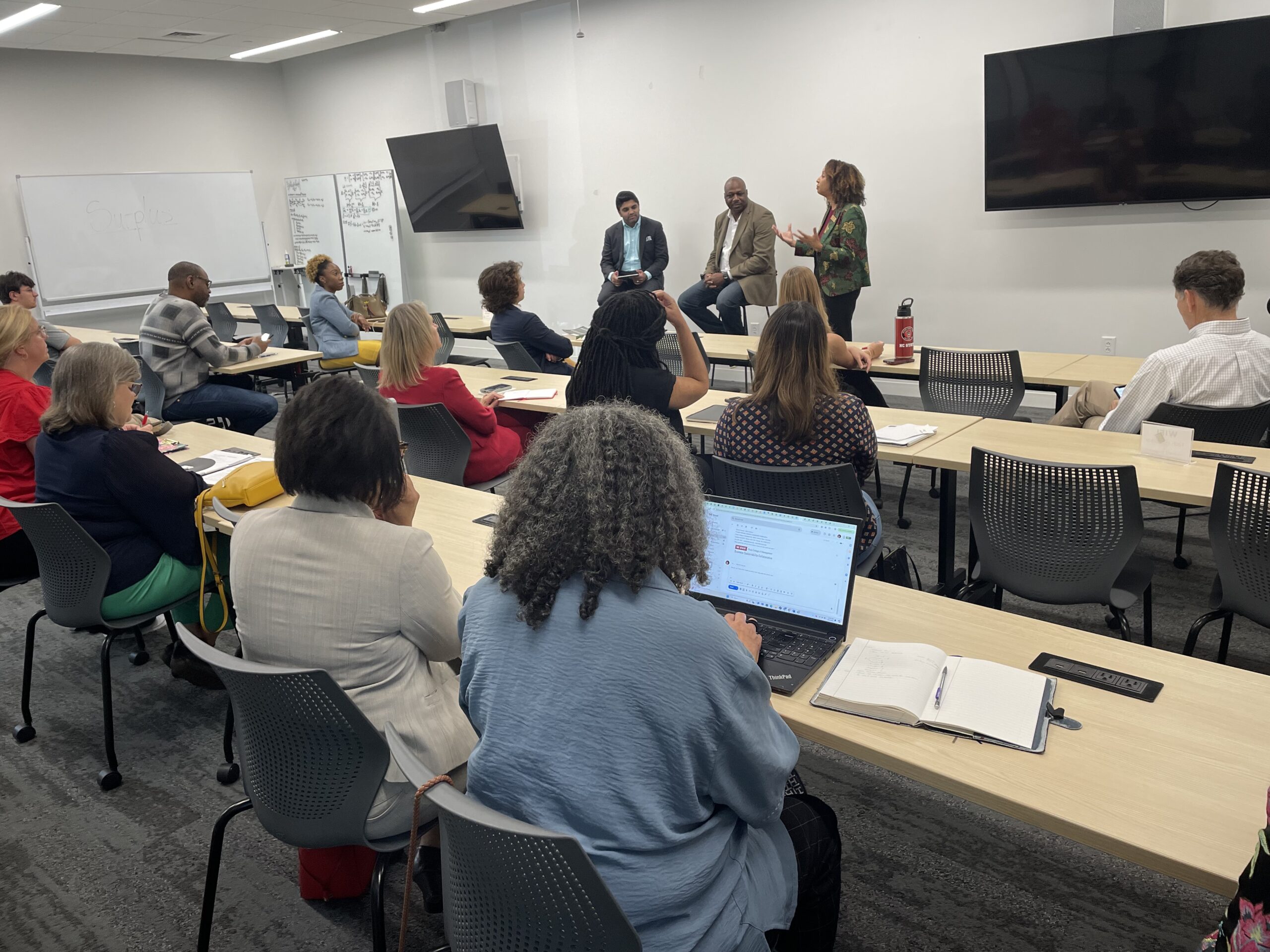This Is How College Students Think We Could Pay for Wildlife Conservation in the U.S.
A study led by North Carolina State University researchers suggests college students across the United States would support new ways of paying for wildlife conservation, including drawing on revenue from natural resource extraction companies and using state-level sources like lottery funds or sales taxes.
In a large survey of undergraduates at public universities, students also showed support for using traditional sources state agencies have relied on in the past: hunting and fishing license sales and taxes on hunting and fishing equipment purchases. However, researchers say the sustainability of that funding model is threatened by declines in hunting participation.
“College students are strongly supportive of conservation funding in many forms, and are particularly supportive of new ways to do it,” said the study’s lead author Lincoln Larson, associate professor of parks, recreation and tourism management at NC State. “This survey is drawn from a representative population of young adults nationwide who are going to be future leaders and decision makers. I think this is a pretty good indicator of where we might be going as a country, and for that reason we should pay attention.”
The findings, published in Conservation Science and Practice, were drawn from a survey of 17,203 undergraduates between the ages of 18 and 34 who were attending public universities in 22 states. In the poll, conducted from 2018 to 2020, researchers asked students to rate their level of support for nine potential funding sources for wildlife conservation on a scale of strongly opposed (-2) to strongly support (+2).
Students showed strong or very strong support for eight of the nine strategies, with popular new options including industry contributions and state-level funding sources. Eighty percent of students supported using revenue from natural resource extraction, such as from oil and gas companies, and 55% strongly supported that strategy. Seventy-one percent of students supported using revenue from outdoor recreation outfitters.
Other strategies attracting widespread support included state lottery proceeds (77% of students), state sales taxes (71%), and state and local bonds (72%).
The most popular option overall among college students was using conventional conservation funding sources, such as hunting and fishing license fees, with support from 83% of students. Using excise taxes on hunting and fishing equipment drew support from 61% of students.
The only strategy that more students opposed than supported was using excise taxes on outdoor recreation equipment like backpacks, tents or binoculars.
“Students generally want people to pay for conservation, but this suggests they might not want to pay for it themselves, at least not at this stage in their lives.” Larson said.
The study also found that support for conservation funding cut across demographic groups and geographic areas.
“It doesn’t matter who students were or where they were from,” Larson said. “Funding wildlife conservation is something all young adults can get behind, which bodes well for newly introduced federal legislation such as the Recovering America’s Wildlife Act.”
Larson said the findings could help state agencies find new ways to support wildlife conservation, as declining participation in hunting in the United States threatens the sustainability of relying on conventional funding strategies.
“Right now, wildlife conservation in the United States is primarily funded by hunters and anglers, and it’s been that way for nearly 100 years,” Larson said. “That system worked well until the number of hunters and anglers started to decline. Now the state agencies charged with managing wildlife are trying to figure out: What do we do? Do we recruit more hunters and anglers, or do we come up with new and innovative ways to support conservation?”
-oleniacz-
Note to editors: The abstract follows.
“The future of wildlife conservation funding: what options do U.S. college students support?”
Authors: Lincoln R. Larson, M. Nils Peterson, Richard Von Furstenberg, Victoria R. Vayer, Kangjae Jerry Lee, Daniel Y. Choi, Kathryn Stevenson, Adam A. Ahlers, Christine Anhalt-Depies, Taniya Bethke, Jeremy T. Bruskotter, Christopher J. Chizinski, Brian Clark, Ashley A. Dayer, Kelly Heber Dunning, Benjamin Ghasemi, Larry Gigliotti, Alan Graefe, Kris Irwin, Samuel J. Keith, Matt Kelly, Gerard Kyle, Elizabeth Metcalf, Wayde Morse, Mark D. Needham, Neelam C. Poudyal, Michael Quartuch, Shari Rodriguez, Chelsie Romulo, Ryan L. Sharp, William Siemer, Matthew T. Springer, Brett Stayton, Richard Stedman, Taylor Stein, Timothy R. Van Deelen, Jason Whiting, Richelle L. Winkler and Kyle Maurice Woosnam.
Published online July 26 in Conservation Science and Practice.
DOI: 10.1111/csp2.505
Abstract: Insufficient funding is a major impediment to conservation efforts around the world. In the United States, a decline in hunting participation threatens sustainability of the “user-pay, public benefit” model that has supported wildlife conservation for nearly 100 years, forcing wildlife management agencies to contemplate alternative funding strategies. We investigated support for potential funding options among diverse college students, a rapidly expanding and politically active voting bloc with a potentially powerful influence on the future of conservation. From 2018 to 2020, we surveyed 17,203 undergraduate students at public universities across 22 states. Students preferred innovative approaches to conservation funding, with 72% supporting funding derived from industry sources (e.g., natural resource extraction companies), 63% supporting state sources (e.g., general sales tax), and 43% supporting conventional user-based sources such as license fees and excise taxes associated with outdoor recreation activities (e.g., hunting). Findings emphasize the need to broaden the base of support for conservation funding and highlight the importance of considering the preferences and perspectives of young adults and other diverse beneficiaries of wildlife conservation.
This post was originally published in NC State News.


